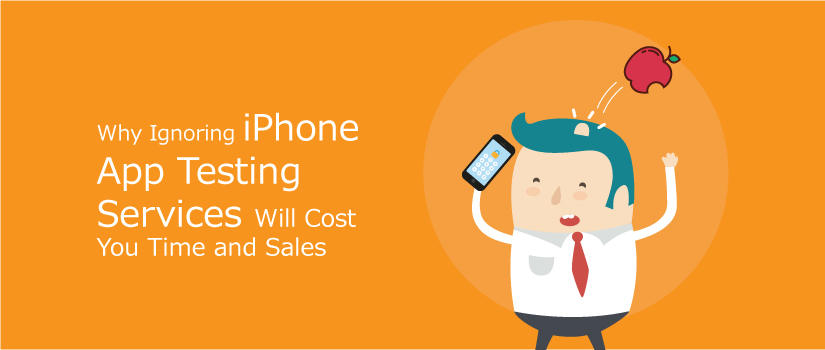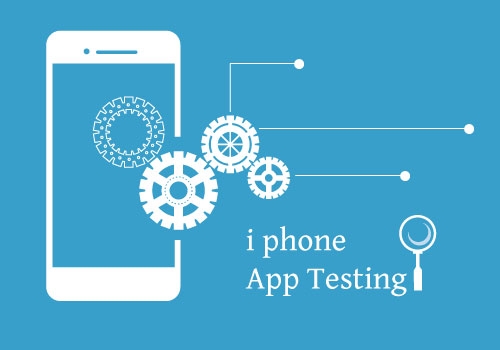These days, iPhone applications are gaining popularity and there are several businesses that are showing their interest in these applications. Businesses with unique ideas have their own unique requirements. Therefore, development of iPhone applications must take into account all these diverse requirements without affecting performance.
To ensure that these applications are bug-free and are able to fulfill these diverse requirements, you must perform a thorough testing of these applications and provide your user with the best user experience and optimum application performance.
This is the point at which you must have a good experienced QA team who have expertise in testing iPhone apps and are able to raise quality assurance issues. It is a daunting task to get approval of your iPhone app from Apple store if you do not have qualified iPhone app testers. Therefore, it is essential to have qualified and experienced iPhone app testers, without whom it is difficult for your app to get a place in Apple store.
During the iPhone app development life cycle, it is essential to test the app at each phase of the development process to ensure that it is bug-free and provides the best user experience to its users.
iPhone app testing services offer full proof testing of iPhone apps. Therefore, it is highly recommended that you must hire an iPhone app testing service provider before launching your app in Apple store. These testing services follow the best testing strategies and practices to ensure quality output and need least updates for your app after it gets published.
If an iPhone app is not tested properly, this has direct impact on time and sales. Today, smartphones are used by almost every end-user segment. It has become a part and parcel of our daily lives. Most users now prefer to buy products online by browsing different products and placing orders directly using the app.
Further, sales through apps are estimated to go high especially during holidays. Apps enable users to place orders even when the users are on the go.
Using apps, you can increase sales by sending push notification to users in order to promote a product or to notify the customers about latest offers, deals, or discounts. These apps act as promotional channel to market your products. Further, your mobile app will help users to post a link about your business on their social networking sites. This further helps to drive sales. If your business is a restaurant business then through your app, reservations can be made. This will help in boosting sales.
Similarly, page loading time also affects the sales tremendously. Your page loading time defines the kind of user experience you are providing to your user. Mobile users are more concerned about speed rather than the look and feel of your app. If takes too much time to load a page, users tend to quickly lose interest in your app.
The page loading time plays a key role in terms of search engine rankings. A mobile user usually does not have the patience to wait for a page to load.
When the page response time is slow, this contributes to page abandonment. So what are the problems that a user faces when using a shopping app? The app crashes or encounters an error, formatting problems that lead to difficulty in reading, failing to function as expected and slow loading of a website through an app.
Therefore, when a bug is encountered using an app, the user will find it difficult to place a sales order resulting in diminished sales. Further, due to a bad user experience, the user will not think of using the same app to purchase a product. He or she will go for a better shopping app. So, here you not only lose an existing customer base but also lose future sales.
A well-qualified testing team will ensure that the iPhone app launched in Apple store is completely bug-free and provides a great user experience. This will ultimately drive sales and will save you the time to fix the bugs later on when the app is about to be launched in Apple store.




